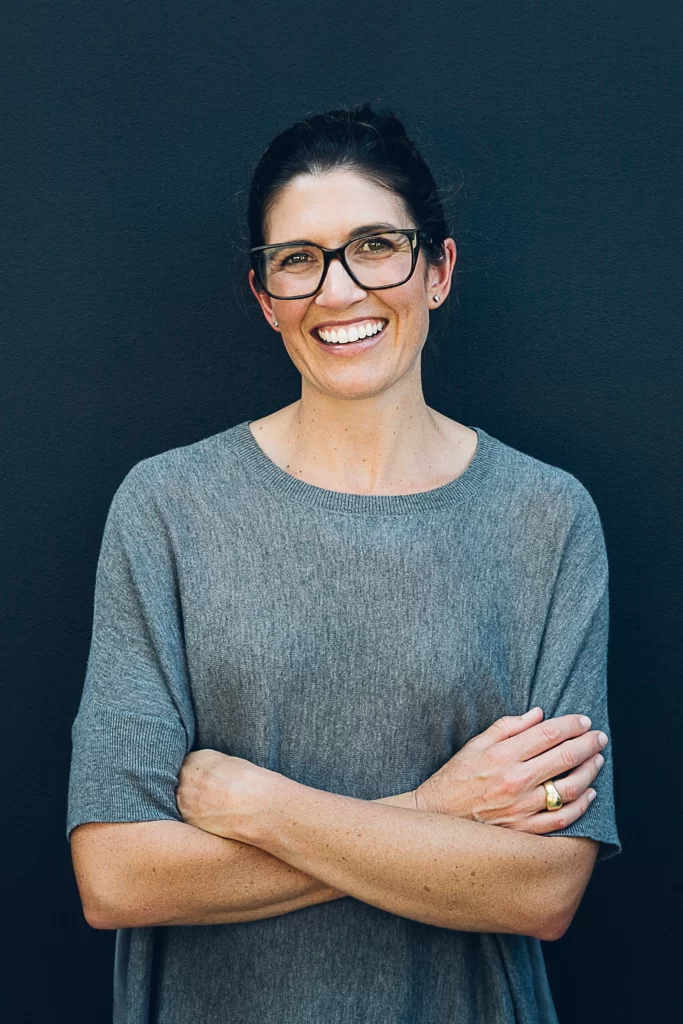If you want to achieve peak health, you need a wellness program. Ideally, it should be put together by a team of wellness experts who make it their business to know your personal health goals and challenges.
This applies to those who want to excel personally, or professionally, from businesspeople to elite athletes, as well as to anyone who is health-conscious and wants to maintain, or improve their quality of life.
A wellness team can help the individual, as well as implement health programs in workplace settings that will assist management to reduce presenteeism and absenteeism and maximise return on investment.
Working with workplace stakeholders who are dedicated to a culture of wellness, this team of health experts can achieve measurable results, such as an increase in productivity, lower employer turnover and a decline in sick days.
Human resources experts also suggest a financial return on investment of $1.50 for every $1 spent. In short, a wellness team is a commitment to lifelong vitality, at home, at work, or in everyday life.
Choosing a team
They say it takes a village to raise a child and the same is true of protecting good health, or enhancing your own health or that of employees.
What is required is a caring community of health experts, working together, or collaborative care, says Raindrum General Practitioner Dr Tonya Coren (pictured below).

This is why the health practice of tomorrow includes not only primary health care practitioners, but a range of allied practitioners, each of whom can address a crucial aspect of wellness. These experts may provide a broad range of technical, diagnostic, or therapeutic health services.
Ideally, a specialised health practice will also work closely with stakeholders to decide which health experts are needed to achieve the results needed.
This will include an initial call to talk about current challenges.
Which health experts are chosen will also depend on what the client wishes to achieve.
Tailoring a wellness program for individual, as well as an employee, is crucial. One size does not fit all.

Raindrum Program Coordinator Cathy Macpherson (pictured) says an intensive, residential treatment program can include treatment by an acupuncturist, massage therapist, dietitian, psychologist and general practitioner, as well as specialists in different exercise or creative modalities.
“We work with the idea of what the client wants to learn, and take, from the program into their own world and community,”
she says.
“Art, dancing, singing, photography, yoga, or playing a musical instrument are some of the creative treatment options – whatever someone has always wanted to do but never had the time to try or achieve.”
Macpherson says matching experts to personalities or needs is also key.
Overcoming health challenges
As medical science has advanced, we all have access to a more sophisticated healthcare model, with a variety of new specialities designed to assist patients and clients to achieve optimum health.
For example, we now know how the gut affects the immune system, or can even be involved in allergies, or chronic pain. Therefore someone presenting with these challenges may benefit from treatment supervised by a dietitian.
Another example of expanding wellness options is the recognition of how mental health affects the whole body. This has spurred continued growth of psychology and psychiatry as valuable practices for the individual or employer, as well as engendered increased respect for addressing mental health issues.
Many workplaces now offer Employee Assistance Programs that offer free and confidential assessments, counselling, and follow-up services designed to enhance psychological well-being.
These are designed to identify, and treat, problems that may be associated with work or personal issues and relationships before they affect productivity and performance.
A wellness team will be made of experts that are dedicated to solving the presented health challenges, ranging from a physical illness, to addictions and phobias.
Continuing on the road to good health
Maximising our health is a lifelong journey, composed of a wellness-centred lifestyle and the right health and medical assistance to stay the course.
With the right education, tools and support, anybody can have healthy behaviours for a few days or weeks. The key is to maintain healthy behaviours in the long-term.
For those who value good health, an ongoing wellness program implemented by a wellness team is simply about prioritising feeling good.
This may come in the form of regular sessions with a health expert such as a general practitioner, a personal trainer, or a psychologist.
For others, a wellness team may provide assistance at a crisis point in life, when dealing with pain and trauma requires an orchestrated response to produce the best outcome.
This collaborative care, with individually tailored medical and health practitioners and specialists, puts the patient at the centre of treatment, says Dr Coren.
“Practitioners share information that may be crucial to solving a health issue, always with the welfare of the patient in mind,”
she says.
Evaluating wellness results
For sportspeople or high achievers, the result of having a wellness team and program in place can be obvious. It’s in the form of physical, mental and/or financial performance.
For employers, success may be defined as improving workers’ health and thereby increasing productivity as well as reducing absenteeism and healthcare costs.
It has been estimated that 40-50 per cent of absences are avoidable and many are associated with poor lifestyle habits like smoking, alcohol and drug use, low levels of physical activity, and work-related stress or pressure.
A wellness team would not only educate employees about healthy lifestyle choices, but treat addictions, design exercise programs, and help implement better mental techniques for dealing with stress that result in increased productivity and ROI.
Established metrics and baselines at the start of any wellness initiative will allow employers to measure long-term results.



